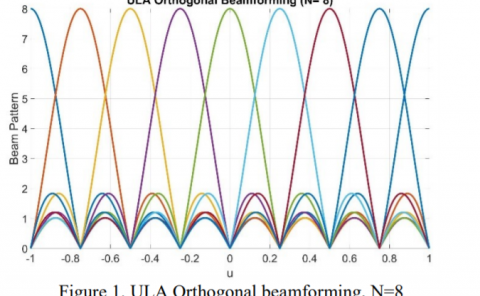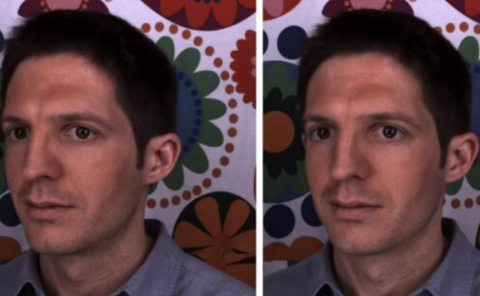The Correlations of Scene Complexity, Workload, Presence, and Cybersickness in a Task-Based VR Game
PubDate: March 2024
Teams: Iowa State University
Writers: Mohammadamin Sanaei, Stephen B. Gilbert, Nikoo Javadpour, Hila Sabouni, Michael C. Dorneich, Jonathan W. Kelly
PDF: The Correlations of Scene Complexity, Workload, Presence, and Cybersickness in a Task-Based VR Game
Abstract
This investigation examined the relationships among scene complexity, workload, presence, and cybersickness in virtual reality (VR) environments. Numerous factors can influence the overall VR experience, and existing research on this matter is not yet conclusive, warranting further investigation. In this between-subjects experimental setup, 44 participants engaged in the Pendulum Chair game, with half exposed to a simple scene with lower optic flow and lower familiarity, and the remaining half to a complex scene characterized by higher optic flow and greater familiarity. The study measured the dependent variables workload, presence, and cybersickness and analyzed their correlations. Equivalence testing was also used to compare the simple and complex environments. Results revealed that despite the visible differences between the environments, within the 10% boundaries of the maximum possible value for workload and presence, and 13.6% of the maximum SSQ value, a statistically significant equivalence was observed between the simple and complex scenes. Additionally, a moderate, negative correlation emerged between workload and SSQ scores. The findings suggest two key points: (1) the nature of the task can mitigate the impact of scene complexity factors such as optic flow and familiarity, and (2) the correlation between workload and cybersickness may vary, showing either a positive or negative relationship.



